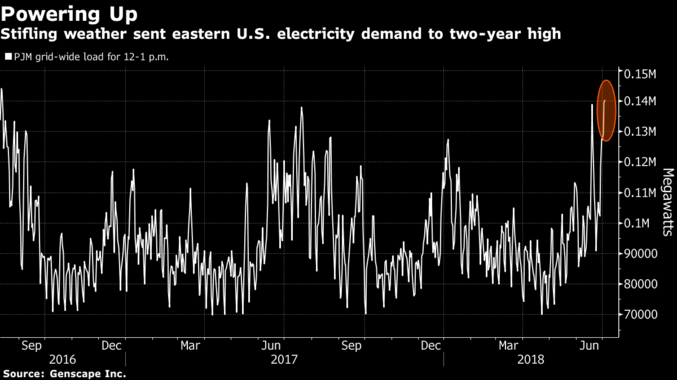OF THE
TIMES
A small body of determined spirits fired by an unquenchable faith in their mission can alter the course of history.
Lord Henry Sinclair deposited The Treasure in the money pit from the Temple of Jerusalem that Knights Templar found in 1112. Crusade was cover for...
Lithium is vital to the future development of green energy. "Green energy" is dead. Get over it.
As other commentators often said, this is a lowball number. The Russians consider only direct frontline losses they can count and confirm.
Hailed as the largest exercises that NATO has held in decades, the maneuvers will feature some 90,000 troops from all 32 member states, according...
Everyone has a different view of the information/narrative and interesting to see them here. Mine are in the possibilities pile. Belief is the...
To submit an article for publication, see our Submission Guidelines
Reader comments do not necessarily reflect the views of the volunteers, editors, and directors of SOTT.net or the Quantum Future Group.
Some icons on this site were created by: Afterglow, Aha-Soft, AntialiasFactory, artdesigner.lv, Artura, DailyOverview, Everaldo, GraphicsFuel, IconFactory, Iconka, IconShock, Icons-Land, i-love-icons, KDE-look.org, Klukeart, mugenb16, Map Icons Collection, PetshopBoxStudio, VisualPharm, wbeiruti, WebIconset
Powered by PikaJS 🐁 and In·Site
Original content © 2002-2024 by Sott.net/Signs of the Times. See: FAIR USE NOTICE



Reader Comments